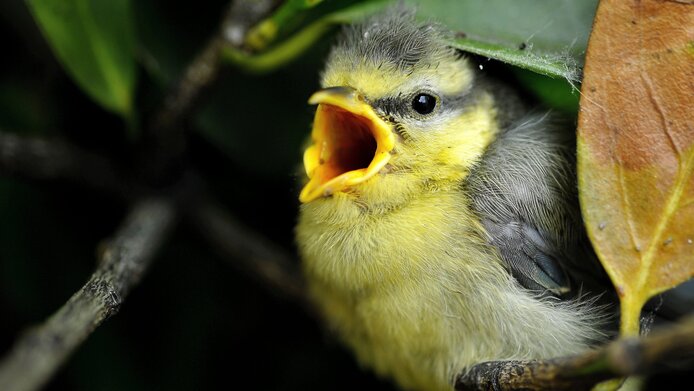Adapt well. Live longer.

Environmental changes – such as global climate change – are forcing numerous species across the world to adapt. This phenomenon is well documented and is being studied extensively. Nevertheless, very little is yet known about the genetic basis of such adaptive processes. Now, biomathematicians Joachim Hermisson and Sebastian Matuszewski from the University of Vienna and Michael Kopp from Aix-Marseille University shed light on the genetics of adaptation to a rapidly changing world.
Evolution as a model
The starting points for the team's complex mathematical calculations are two fundamentally different models for describing adaptive evolution. While the first model assumes that adaptation is exclusively based on new mutations that occur after an environmental change, in the second model, adaptive evolution results from pre-existing genetic variations that become positively selected under the new environmental conditions. "These two models are not mutually exclusive", explains Hermisson, "our calculations rather show that they complement each other. It is the magnitude and the speed of an environmental change that are decisive. These two factors decide whether existing variants or new mutations are used for adaptation to changing environments."
Rapid change
In addition to analysing the magnitude and speed of an environmental change, the team also calculated the magnitude of the individual mutational steps that originated from pre-existing genetic variations. As Hermisson explains: "Our analytical approximations and computer simulations show that adaptation based on existing genetic variations is particularly favoured in fast-changing environments." The 'trick', according to Hermisson, is that, in this case, adaptation occurs through many little genetic changes, which individually only make a small difference, but in total can result in huge adaptations and thus ensure the survival of the population. "If the environment changes fast", Hermisson argues, "populations, that adapt from pre-existing genetic variants, can evolve quasi continuously and in parallel with the environmental change." This way, these populations accomplish larger adaptations than those, which need to 'wait' for a spontaneous new mutation. Although the impact of a single new mutation can indeed be drastic, adapting from numerous small, existing mutations often results in better adapted populations in the long run.
Methodical approach
For the underlying calculations and simulations, the research team first had to develop two new analytical models. The first is based on the assumption that the fate of a single new mutation is completely independent of other mutations that exist in the population. In the second model, in contrast, the trajectory of each new mutation depends strongly on the pre-existing genetic variants. It turns out that in most scenarios only the second, more complex model correctly describes the adaptive process, emphasizing the importance of pre-existing genetic diversity.
Mathematical species conservation
Overall, the insights obtained from these new models constitute an important step to improve our understanding of rapid adaptation. This is a pressing topic especially in the light of global climate change, which demands fast evolution of many species to avoid extinction. Deeper understanding of the genetic basis of rapid adaptation is of major importance for anticipating the dramatic effects of climate change on individual species – and for perhaps even counteracting them. The findings of this FWF project provide a crucial contribution to this effort.
Personal details Joachim Hermisson works at the Faculty of Mathematics at the University of Vienna. In the Mathematics and Biosciences Group, his focus is on mathematical population genetics. In particular, he combines molecular genetics and phenotypical approaches to shed light on questions of how species form and adapt.
Publications:





